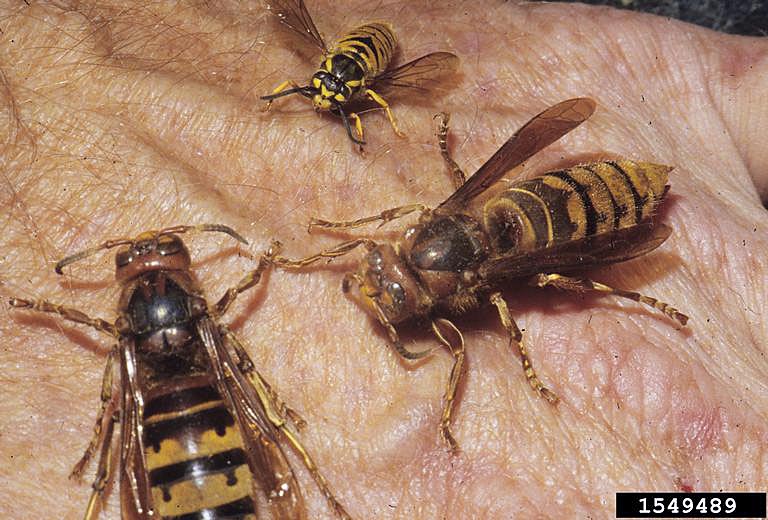The European hornet, Vespa crabro the largest wasp species in Europe is spreading steadily across Finland, marking a significant shift in the nation’s insect landscape, researchers have confirmed.
Once largely restricted to Southeast Finland, sightings of the insect have now extended into central and northern territories, with confirmed reports emerging from Mikkeli, Tampere, the Turku Archipelago, and as far north as Kuopio. Dozens of verified encounters have also been submitted across the Kitee–Joensuu line, while Southeast Finland has recorded hundreds of sightings.
Experts attribute the expansion to shifting climate conditions. According to Professor Jaakko Pohjoismäki of the University of Eastern Finland, “warmer summers and increasingly mild winters have pushed the hornet’s northern boundary hundreds of kilometers beyond where it used to be.”
Despite its intimidating size queens can exceed three centimeters — Pohjoismäki emphasized that the species is relatively calm compared to smaller, more aggressive wasps. “The hornet is an iconic insect. Encountering one can send a chill down your spine,” he said, “but compared to other wasps, they’re quite calm.”
Although still rare in the Finnish wild, the hornet’s gradual migration suggests a slow but determined colonization. Most sightings involve individual hornets rather than entire nests, and the species rarely nests near human settlements. Joensuu, in particular, has seen an uptick in reports this summer. Pohjoismäki himself observed hornets in his own garden a first.
The species is easily recognized by its vivid orange-yellow head and black-yellow striped abdomen. While their buzzing is distinct, it is not the loudest among wasps; other native species like wood wasps produce more audible flight sounds.
Experts believe the hornet’s spread has been aided by environmental similarities with western Russia. Insects often arrive via Lake Ladoga, first establishing in North Karelia before gradually migrating west.
In addition to the hornet’s presence, researchers are monitoring associated insect species that may follow, potentially enriching Finland’s biodiversity. Hornets are known to build nests featuring distinctive exterior vent structures, which though visually imposing, serve as a hallmark of a species that contrary to its fearsome appearance may be more passive than expected.


